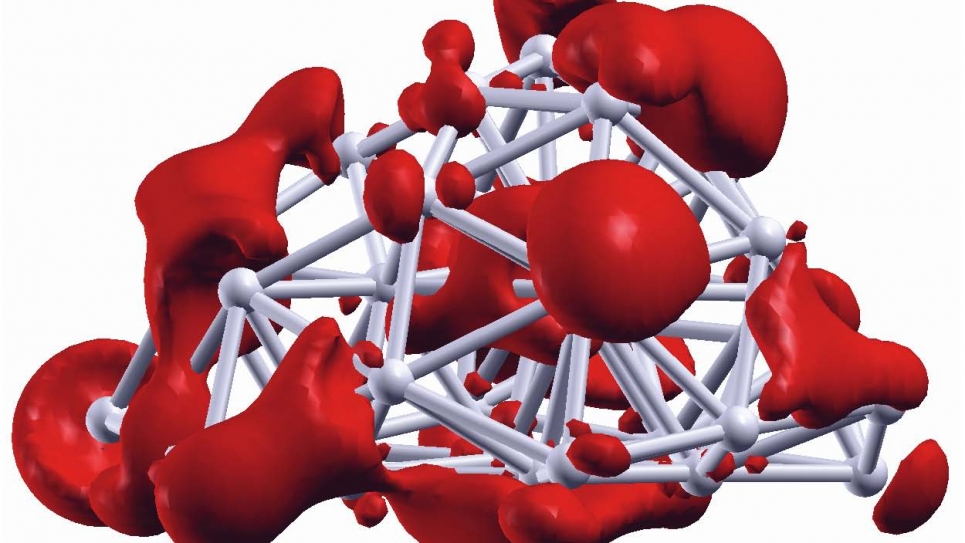
Over 300 million hours of ALCF supercomputer time awarded
Nine research projects have been awarded over 300 million processor hours of computing time at the Argonne Leadership Computing Facility (ALCF) through a new U.S. Department of Energy's (DOE) initiative - the ASCR Leadership Computing Challenge (ALCC). Chosen through a peer-review process, the projects selected reflect areas of special interest to the DOE: energy, national emergencies, and broadening the community of researchers capable of using leadership-class computing resources.
"By providing millions of hours of computing time on our powerful system, the ALCC awards facilitate the work of researchers around the country who are addressing some of the nation's most challenging scientific problems", said Pete Beckman, director of ALCF.
ALCC awards of compute time on Intrepid (the ALCF's Blue Gene/P) became available July 1 for the following recipients:
· Michael Borland, of Argonne’s Advanced Photon Source (APS) was awarded 36 million hours to optimize the configuration of magnets as part of a planned upgrade to the APS. The upgrade would result in an improved world-class source of high-energy, high-brightness, tunable X-rays for scientific research.
· Larry Curtiss of Argonne’s Center for Nanoscale Materials was awarded 20 million hours for the design and discovery of new materials critical to our energy future, including electrical energy storage and catalytic materials.
· Shian-Jiann Lin of NOAA’s Geophysical Fluid Dyamics Laboratory was awarded 25 million hours to run ultra-high-resolution global climate simulations tracking selected hurricanes.
· Parviz Moin, founding director of the Center for Turbulence Research received an award of 50 million hours to form a collaboration with the ALCF that will enable research into very-large-scale turbulence simulations.
· John Negele from MIT will use his award of 37.8 million hours to perform the first-ever calculation of nucleon structure using full lattice Quantum Chromodynamics at the physical pion mass.
· Benoit Roux, a senior computational biologist at Argonne and member of the Computation Institute, was awarded more than 28 million hours to develop new computational approaches for studying complex biological macromolecular systems.
· Andrew Siegel, a computational scientist and leader of Argonne’s nuclear simulation activities, was awarded 75 million hours to investigate vibrations caused by turbulent flow in the core of light-water reactors.
· Michael Smith, an Argonne nuclear engineer, was awarded 38 million hours for the analysis and design of sodium-cooled fast reactors. This research is crucial in the development of nuclear reactors that are safe, affordable and environmentally friendly.
· Jixian Yao and scientists from GE were awarded 4.5 million hours to simulate advanced aircraft propulsor designs to improve fuel efficiency and reduce noise.
Open to researchers from national laboratories, academia and industry, the ALCC program allocates up to 30 percent of DOE’s computational resources at the National Energy Research Scientific Computing Center (NERSC) and the Leadership Computing Facilities at Argonne and Oak Ridge. The program focuses on high-risk, high-payoff simulations in mission-critical areas such as advancing clean energy and understanding the Earth’s climate.
More information about ALCC is available at www.er.doe.gov/ascr/facilities/alcc.html.